Ultrasound for Mastitis – could it be helpful for you?
Breastfeeding has many health benefits for mothers; women who have successfully lactated are significantly less likely to have osteoporosis, breast cancer, ovarian cancer, diabetes and obesity problems. However there are often challenges for a mother to continue breastfeeding. Breast engorgement and mastitis are often painful barriers which may inhibit the development of successful breastfeeding, leading to early breastfeeding cessation. We know that support of mothers on an ongoing basis can encourage women to continue. Women’s health Physiotherapists can help to provide support to mothers to help them reach their breastfeeding goals, giving their babies a great start to life while helping to keep women healthier for longer. Below is some information about the lactating breast and what support physiotherapy can provide mothers during this period.
What is Breast engorgement?
Breast engorgement is a normal biological process that typically occurs within the first 3 to 5 days postpartum (but can also occur outside of this time period). Breast engorgement may result in the breasts becoming swollen, hard, throbbing, aching, tender, and painful.
Correct breastfeeding technique is important to ensure successful breastfeeding. Incorrect technique may contribute to breast engorgement, and in particular it is important for the baby to latch-on to the breast correctly during feeding so that it can suck effectively. In order to do this the baby needs to be correctly positioned, and new mothers may need advice on this, which a women’s health physiotherapist or lactation consultant can help to provide.
Once engorgement occurs gentle massage, frequent feeding, correct positioning, therapeutic ultrasound and warm compresses to the breast have been advocated to relieve symptoms along with analgesia to relieve pain. These methods are also used in the management of blocked ducts and infectious mastitis.
What is a blocked duct?
Mothers can experience blocked ducts with or without breast engorgement. Blocked ducts can occur whenever there is excessive compression of the milk ducts and restriction of milk flow. As the ducts are easily compressed, the compression does not need to be strong at all. Any form of obstruction can contribute to a blocked duct – these are multi-factorial but can include insufficient emptying of the breast; bruising or swelling; hurried feeds; incorrect positioning of the baby on the breast; finger compression; waiting too long between feedings; supplementing nursing with bottle-feeding; heavy purses, or diaper bags or even wearing bras that are too tight.
Blocked ducts are generally associated with breast engorgement and may result in a localized tender breast lump or area of blushed colour; the breast may feel hot; and there may be a white, painful bleb on the end of the nipple. It should also be noted that inflammation of the breast due to blocked ducts can also be termed as non-infectious mastitis.
When does Mastitis occur?
When a blocked duct occurs the restricted milk can then remain stationary in the duct and prevent the flow of milk through. If blocked ducts are not managed well and cleared you may develop infectious mastitis. This is an infection of the breast tissue and a hard lump can be felt. There can be tenderness, swelling and sometimes a red flare over the affected area of the breast. You may feel unwell or have a fever. Left untreated, mastitis may become a breast abscess, which requires urgent medical management. Many women are told to do firm massage of the breast to help drain the blocked duct but this can often make the symptoms worse. So what’s the solution?
What can Physiotherapy do to help?
It is almost always ok for the baby to continue feeding, and usually it is beneficial for the mother, by helping clear the blocked area. Physiotherapy treatment consists of ultrasound and effleurage or draining massage to help clear the ducts. We can also advise on feeding positions and tips to aid with the best draining of the breast when feeding. Therapeutic ultrasound is a quick, effective, non-pharmacological treatment, which has been shown to reduce swelling and pain ratings in patients within one treatment session.
If a blocked duct is caught early enough physiotherapy treatment may aid to clear the duct and prevent infection. However if you begin to feel unwell, have fevers or the blockages are failing to improve antibiotics may be needed. Antibiotics are also recommended if there is any pus in the expressed milk. It should also be noted that studies have also shown that if an infection is present in the ducts, that therapeutic ultrasound can also increase cell wall uptake to make antibiotic therapy more effective.
It is usually safe to continue feeding with the antibiotics under direction from your doctor. A blocked duct can become mastitis within hours. If you can’t clear a blockage yourself within 12 hours, seek help!
We offer this service within the clinic – please contact 07578859017 for further information.
References:
McLachlan Z., Milne E.J., Lumley J. Ultrasound treatment for breast engorgement: a randomized double blind trial. Aust J Physiother. 1991;37(1):23–29
Mangesi L., Dowswell T., Treatments for breast engorgement during lactation. Cochrane Database Syst Rev. 2010; (9): CD006946.


